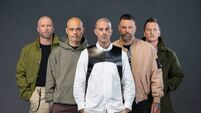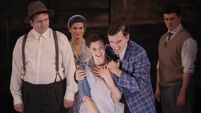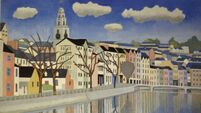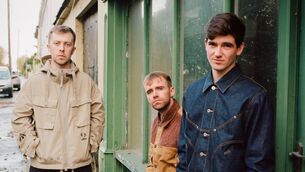When Muldoon met McCartney: The Irish poet and the English musician collaborate
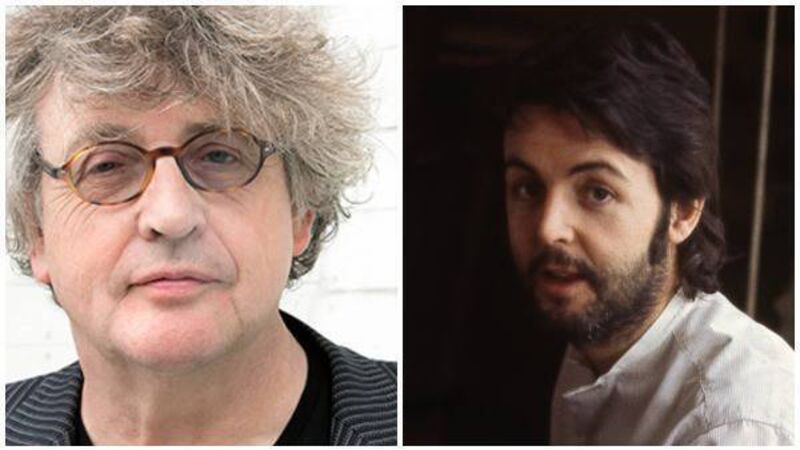
Paul Muldoon had a series of conversations with Paul McCartney that eventually led to The Lyrics: 1956 to the Present.
There was valuable chemistry between Paul Muldoon and Paul McCartney when collaborating on their two-volume book, The Lyrics: 1956 to the Present. Over several years, the duo had various conversations about the creative process and McCartney's output through the decades. The book contains some of the content of these chats, along with the lyrics of 154 of the Liverpudlian's songs.
Muldoon suggests the pair’s Irish Catholic heritage was a notable aspect of their shared history. “We were raised in similar ways,” he says. “I don’t think there was that much religion in his house but there was some Christian and more specifically Catholic iconography in some of the songs.”

